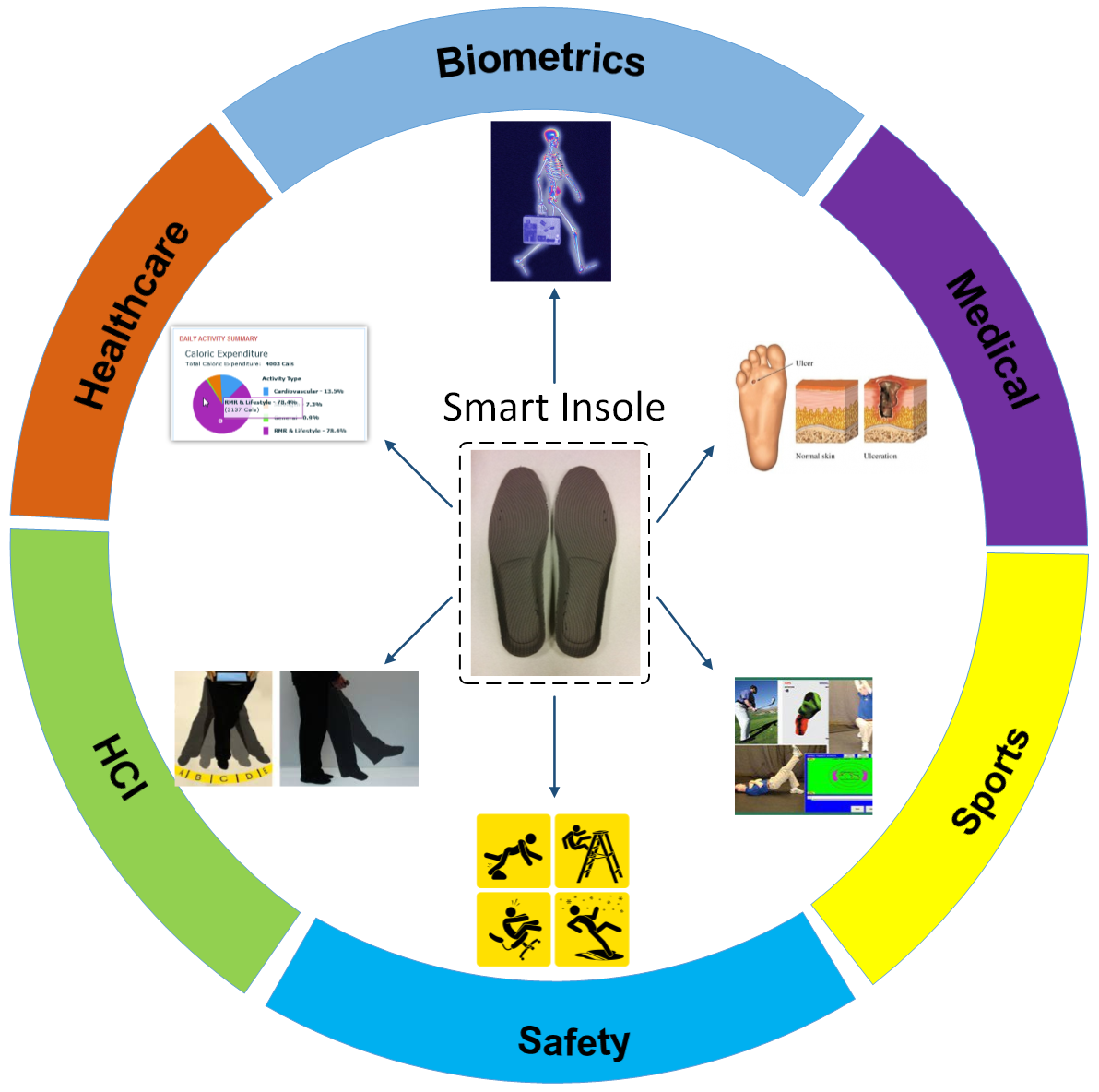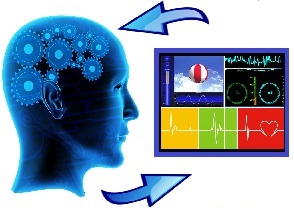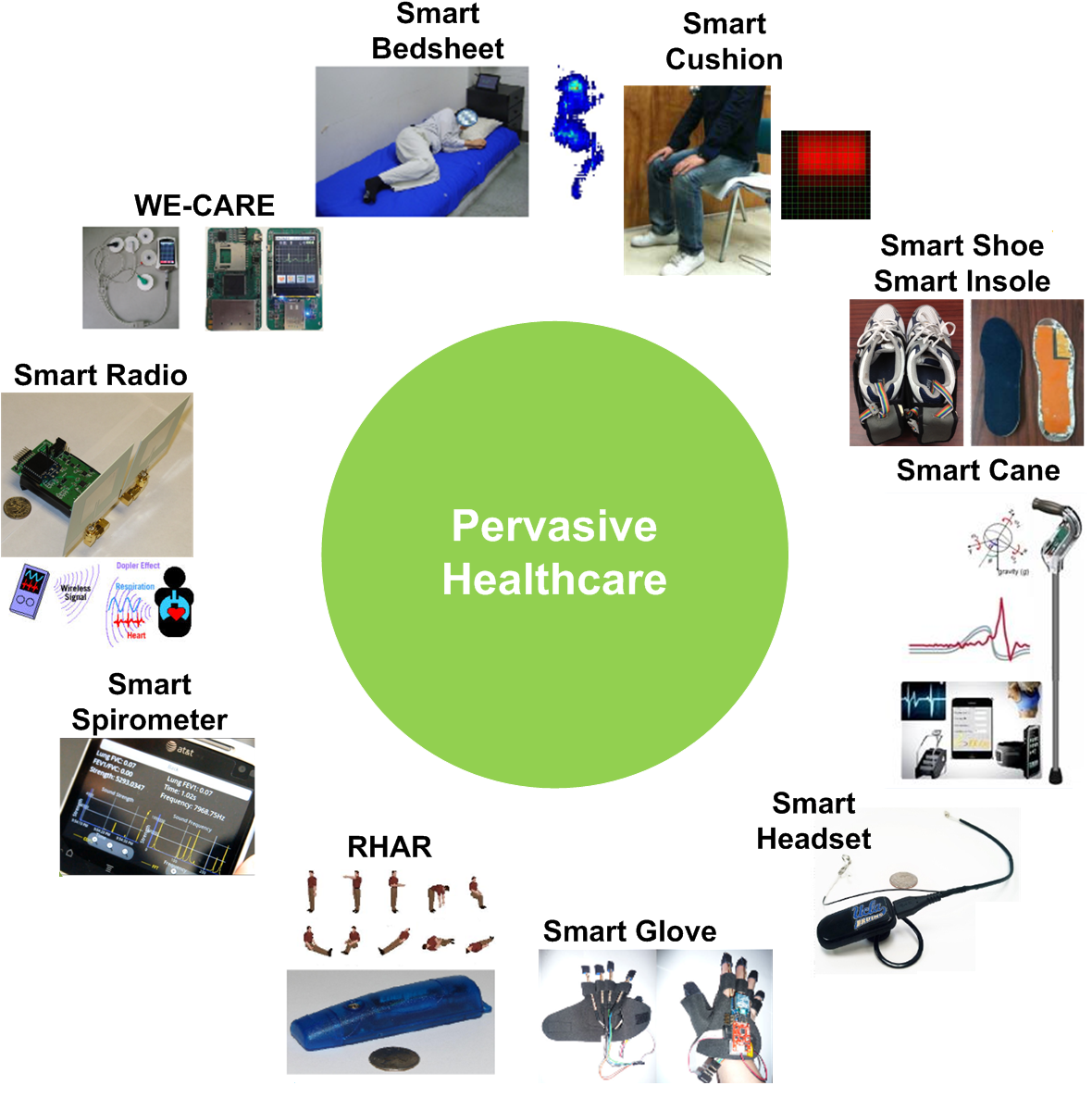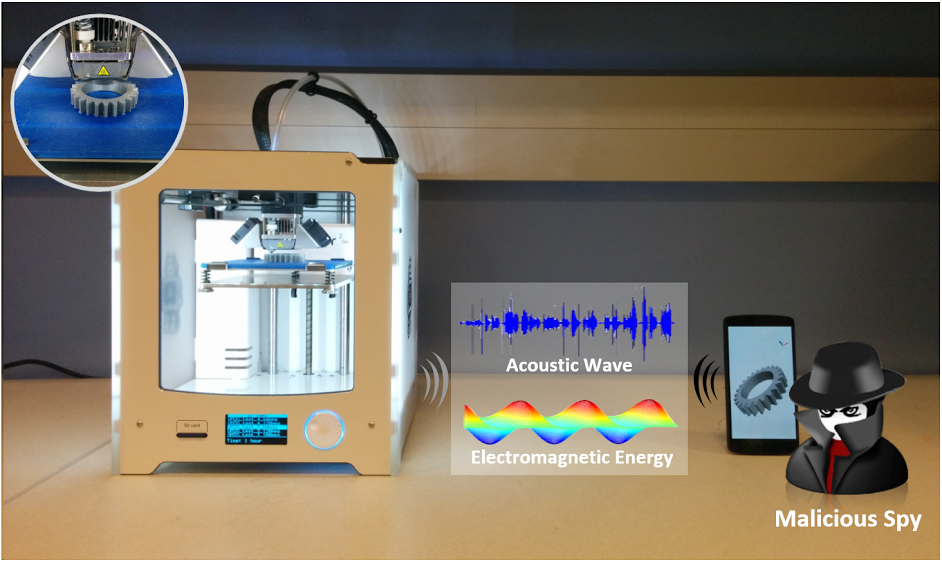Smart Health:
Applications and Technologies
 Smart Insole: Ubiquitous Gait
Sensing
in Daily Life
Smart Insole: Ubiquitous Gait
Sensing
in Daily Life Gait is a key locomotion feature and has been applied in many healthcare and
medical applications. In this project, we design and develop a revolutionary gait sensing device, called Smart Insole. Smart Insole looks like a normal insole and is
equipped with an array of pressure and motion sensors inside. Through a mobile application on a smartphone, this transformative wearable system can provide
real-time,
high-fidelity and pervasive gait sensing services in daily life. To
date, we have applied Smart Insole into a series of health applications in six domains:
Gait is a key locomotion feature and has been applied in many healthcare and
medical applications. In this project, we design and develop a revolutionary gait sensing device, called Smart Insole. Smart Insole looks like a normal insole and is
equipped with an array of pressure and motion sensors inside. Through a mobile application on a smartphone, this transformative wearable system can provide
real-time,
high-fidelity and pervasive gait sensing services in daily life. To
date, we have applied Smart Insole into a series of health applications in six domains:
 Medical Diagnosis (e.g., gait as a biomarker),
Medical Diagnosis (e.g., gait as a biomarker),  Healthcare (e.g., daily life activity monitoring),
Healthcare (e.g., daily life activity monitoring),  Safety (e.g., fall detection, injury prevention),
Safety (e.g., fall detection, injury prevention),  Sports (e.g., balance gaming),
Sports (e.g., balance gaming),  Biometrics (e.g, gait biometrics),
Biometrics (e.g, gait biometrics),  Human-Computer Interface (e.g., action recognition).
Human-Computer Interface (e.g., action recognition).
 Exploring
Multi-Biofeedbacks for Timely Autism Diagnosis
Exploring
Multi-Biofeedbacks for Timely Autism Diagnosis Autism is a neurodevelopmental disorder, and 1.5% of children (one out 68 children) in the United States are diagnosed with autism as of 2014. The current screening for autism highly depends on the subjective judgment of parents and primary medical doctors. Specifically, screening for autism relies solely on observations conducted during a routine well visit, and the so-called
"wait and watching" screening convention often results in a 9-24 month delay in pursuing an autism diagnostic assessment. It is an urgent demand to eliminate the current approach of “watch and wait” and move toward a rapid, precise, and objective screening method for autism. The goal of this project is to develop such a cost-effective, widely-accessible, and quantitative tool through multi-dimensional analysis, which enables (a) an efficient screening process, (b) shortening the amount of time necessary to receive a diagnosis, (c) providing a more natural screening environment for children and (d) beginning early intervention services of autism. This transformative screening solution of autism is expected to promote timely diagnosis and intervention
for autism, which enables that children with autism can gain significantly better progress and eventually become indistinguishable from same-aged peers with typical development.
Autism is a neurodevelopmental disorder, and 1.5% of children (one out 68 children) in the United States are diagnosed with autism as of 2014. The current screening for autism highly depends on the subjective judgment of parents and primary medical doctors. Specifically, screening for autism relies solely on observations conducted during a routine well visit, and the so-called
"wait and watching" screening convention often results in a 9-24 month delay in pursuing an autism diagnostic assessment. It is an urgent demand to eliminate the current approach of “watch and wait” and move toward a rapid, precise, and objective screening method for autism. The goal of this project is to develop such a cost-effective, widely-accessible, and quantitative tool through multi-dimensional analysis, which enables (a) an efficient screening process, (b) shortening the amount of time necessary to receive a diagnosis, (c) providing a more natural screening environment for children and (d) beginning early intervention services of autism. This transformative screening solution of autism is expected to promote timely diagnosis and intervention
for autism, which enables that children with autism can gain significantly better progress and eventually become indistinguishable from same-aged peers with typical development.
 Wearable Ecosystem and
Pervasive Health
Wearable Ecosystem and
Pervasive Health  Pervasive healthcare technology is seeking new solutions to make medical resources, including medical facilities, medicine and professionals, accessible to anyone, anytime, anywhere. It enables reducing the medical cost, increasing the engagement between patients and doctors, and promoting inclusion and connectivity of individuals to the world. The ultimate goal of pervasive healthcare is to revolutionize the operational model of the medical system, a.k.a. “Pervasive healthcare will transform health related services from the system based on episodic examination, disease diagnosis and treatment to one with continuous monitoring, disease prediction and prevention."
Pervasive healthcare technology is seeking new solutions to make medical resources, including medical facilities, medicine and professionals, accessible to anyone, anytime, anywhere. It enables reducing the medical cost, increasing the engagement between patients and doctors, and promoting inclusion and connectivity of individuals to the world. The ultimate goal of pervasive healthcare is to revolutionize the operational model of the medical system, a.k.a. “Pervasive healthcare will transform health related services from the system based on episodic examination, disease diagnosis and treatment to one with continuous monitoring, disease prediction and prevention."To echo this trend, our team has prototyped a set of wearable sensors (see the figure on the left) to seamlessly and comprehensively acquire user's need and information. These technologies will make our healthcare system more effective and economic, which benefits both billions of individuals and the societies in which we live.
 Cooperative
Sensing and Computing Architectures for Next-Generation Wearables
Cooperative
Sensing and Computing Architectures for Next-Generation Wearables
 This project
proposes a novel
cooperative and adaptive sensing and Computing architecture for wearable frontends. The new architecture can provide dramatically enhance energy-efficiency,
quality of service and usability towards next-generation wearable applications, especially towards medical and healthcare applications.
Through a cross-level integration from devices, circuits, architectures and application, the proposed architecture possesses
dynamics, intelligence, adaptivity and reconfigurability, which empowers
its capability beyond sensing.
This project
proposes a novel
cooperative and adaptive sensing and Computing architecture for wearable frontends. The new architecture can provide dramatically enhance energy-efficiency,
quality of service and usability towards next-generation wearable applications, especially towards medical and healthcare applications.
Through a cross-level integration from devices, circuits, architectures and application, the proposed architecture possesses
dynamics, intelligence, adaptivity and reconfigurability, which empowers
its capability beyond sensing.
Emerging Biometrics
 Brain
Password: an ERP-based secure
biometrics
Brain
Password: an ERP-based secure
biometrics Cryptographic systems often rely on the secrecy of cryptographic credentials; however, these are vulnerable to eavesdropping and can resist neither a user's intentional disclosure nor coercion attacks where the user is forced to reveal the credentials. Conventional biometric keys (e.g., fingerprint, iris, etc.), unfortunately, can still be surreptitiously duplicated or adversely revealed.
The objective of this research is to investigate a new psychophysiological
approach for secure and trustworthy user authentication via
non-volitional components of the electroencephalogram (EEG) brainwave
responses.
Cryptographic systems often rely on the secrecy of cryptographic credentials; however, these are vulnerable to eavesdropping and can resist neither a user's intentional disclosure nor coercion attacks where the user is forced to reveal the credentials. Conventional biometric keys (e.g., fingerprint, iris, etc.), unfortunately, can still be surreptitiously duplicated or adversely revealed.
The objective of this research is to investigate a new psychophysiological
approach for secure and trustworthy user authentication via
non-volitional components of the electroencephalogram (EEG) brainwave
responses. Cardiac
Password: a Non-contact Heart-based
biometrics
Cardiac
Password: a Non-contact Heart-based
biometrics Most
traditional security systems authenticate a user only at the initial
log-in session. As a result, it is possible for another user, authorized
or unauthorized, to access the system information, with or without the
permission of the signed-on user, until the initial user logs out. This
could be a critical security flaw even for high-security systems.
Traditional one-time (e.g., password) or two-factor (e.g., password with
fingerprint) authentication methods are no longer sufficient. Continuous
authentication is a form of dynamic, risk-based authentication that
changes the perspective of authentication from an event to a process,
and has the potential to address the vulnerability of existing security
systems by continuously verifying the user's identity during the session
use. This interdisciplinary team explores a novel continuous
authentication through a transformative non-contact heart-based
biometrics. This project could transform the understanding of
non-volatile components in cardiac motion, and convert this new
knowledge and related technologies into improved security in
increasingly vulnerable cyberspace.
Most
traditional security systems authenticate a user only at the initial
log-in session. As a result, it is possible for another user, authorized
or unauthorized, to access the system information, with or without the
permission of the signed-on user, until the initial user logs out. This
could be a critical security flaw even for high-security systems.
Traditional one-time (e.g., password) or two-factor (e.g., password with
fingerprint) authentication methods are no longer sufficient. Continuous
authentication is a form of dynamic, risk-based authentication that
changes the perspective of authentication from an event to a process,
and has the potential to address the vulnerability of existing security
systems by continuously verifying the user's identity during the session
use. This interdisciplinary team explores a novel continuous
authentication through a transformative non-contact heart-based
biometrics. This project could transform the understanding of
non-volatile components in cardiac motion, and convert this new
knowledge and related technologies into improved security in
increasingly vulnerable cyberspace. Eye-based Biometrics
for Mobile User Authentication
Eye-based Biometrics
for Mobile User Authentication As mobile technology grows rapidly, the smartphone
has become indispensable for transmitting private user data, storing
the sensitive corporate files, and conducting secure payment
transactions. However, with mobile security research lagging,
smartphones are extremely vulnerable to unauthenticated access.
In this project, we propose, EyeVeri, a novel eye-movement-based
authentication system for smartphoned security protection. Specifically,
EyeVeri tracks human eye movement through the built-in
front camera and applies the signal processing and pattern
matching techniques to explore volitional and non-volitional gaze
patterns for access authentication.
As mobile technology grows rapidly, the smartphone
has become indispensable for transmitting private user data, storing
the sensitive corporate files, and conducting secure payment
transactions. However, with mobile security research lagging,
smartphones are extremely vulnerable to unauthenticated access.
In this project, we propose, EyeVeri, a novel eye-movement-based
authentication system for smartphoned security protection. Specifically,
EyeVeri tracks human eye movement through the built-in
front camera and applies the signal processing and pattern
matching techniques to explore volitional and non-volitional gaze
patterns for access authentication.
Advanced Technologies for 3D Printing
 Accelerating 3D Printing in Mass Customization
Accelerating 3D Printing in Mass Customization This project aims to develop a transformative computational paradigm of
3D printing in mass customization. The project will pursue two novel and
complementary objectives: 1) design a suite of quality-guaranteed
geometric algorithms for the scalable and time-efficient pre-fabrication
computation framework; and 2) develop a low-complexity and efficient
computing system to facilitate and accelerate the use of these methods
and algorithms in Objective1. This new computer system focuses on
domain-specific computing platforms as the next disruptive technology
for power-performance-runtime efficiency improvement.
This project aims to develop a transformative computational paradigm of
3D printing in mass customization. The project will pursue two novel and
complementary objectives: 1) design a suite of quality-guaranteed
geometric algorithms for the scalable and time-efficient pre-fabrication
computation framework; and 2) develop a low-complexity and efficient
computing system to facilitate and accelerate the use of these methods
and algorithms in Objective1. This new computer system focuses on
domain-specific computing platforms as the next disruptive technology
for power-performance-runtime efficiency improvement. Securing 3D
Printing Process
Securing 3D
Printing Process Additive manufacturing, also known as 3D printing, has been increasingly applied to fabricate highly intellectual-property (IP) sensitive products. Compared with the conventional manufacturing techniques, 3D printing has the following advantages: 1) efficiency: fast and cost-efficient production with less waste material; 2) creativity: flexible with more complex geometries construction; 3) accessibility: affordable price of 3D printers and materials. The global value of 3D printing is estimated to reach over 20.2 billion dollars by 2021. However, the related IP protection issues in 3D printers are still under-explored. This project plans to explore vulnerabilities and mitigation opportunities in additive manufacturing process.
Additive manufacturing, also known as 3D printing, has been increasingly applied to fabricate highly intellectual-property (IP) sensitive products. Compared with the conventional manufacturing techniques, 3D printing has the following advantages: 1) efficiency: fast and cost-efficient production with less waste material; 2) creativity: flexible with more complex geometries construction; 3) accessibility: affordable price of 3D printers and materials. The global value of 3D printing is estimated to reach over 20.2 billion dollars by 2021. However, the related IP protection issues in 3D printers are still under-explored. This project plans to explore vulnerabilities and mitigation opportunities in additive manufacturing process. Sponsors:




